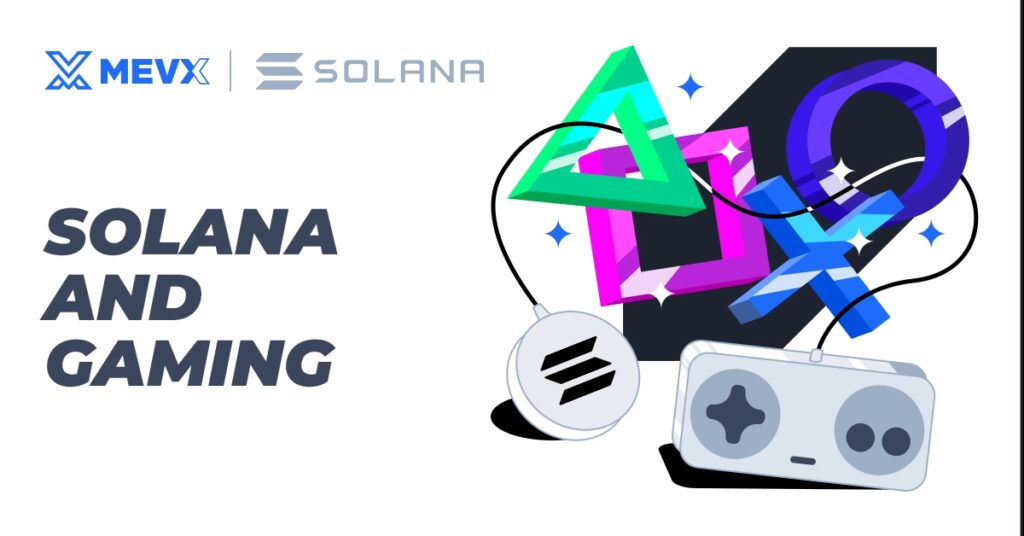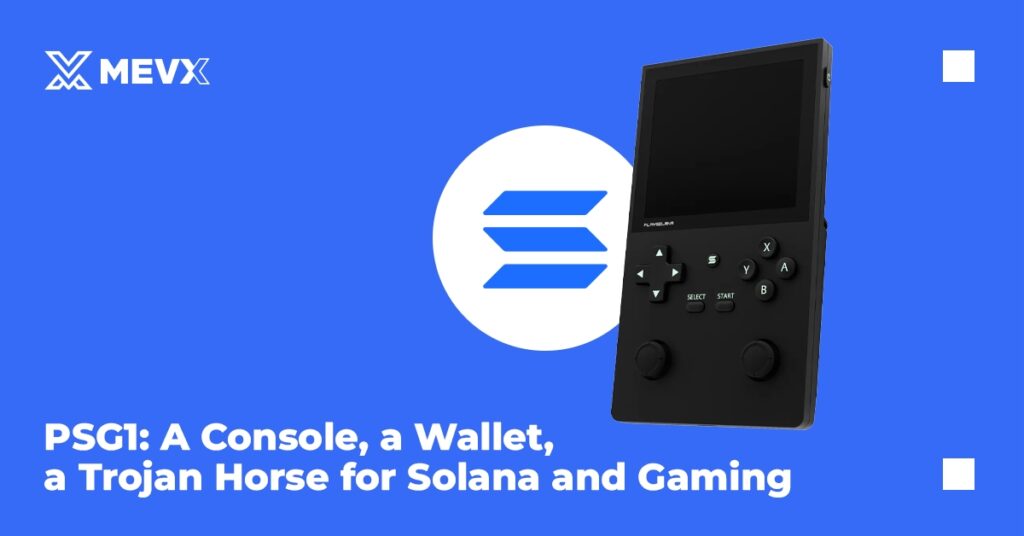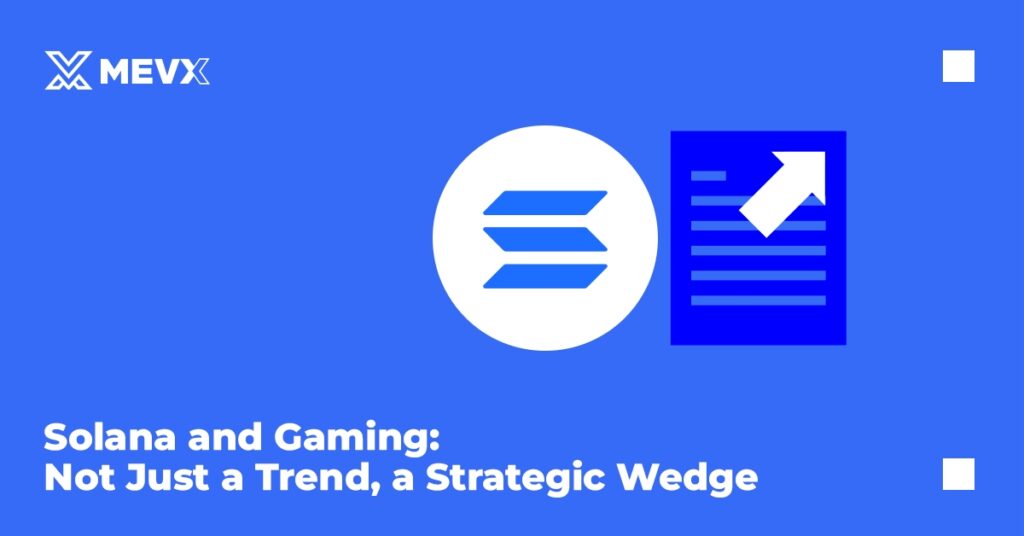Solana isn’t trying to be Ethereum. That’s been clear for a while.
It’s not chasing modularity headlines or marketing itself as a neutral infrastructure layer. Instead, Solana is placing a bolder bet—that the future of crypto adoption will come from lived, tactile experiences, not abstract protocols.
Which brings us to its latest and most ambitious move for Solana and gaming: gaming hardware.
The launch of the Play Solana Gen 1 (PSG1) handheld console isn’t just a product announcement. It’s a signal. And possibly, a turning point.

PSG1: A Console, a Wallet, a Trojan Horse for Solana and Gaming
Launching this October, PSG1 is a portable gaming console equipped with:
- 8-core ARM processor
- 8GB RAM
- Touchscreen LCD
- WiFi and Bluetooth
- Built-in crypto wallet
- Biometric fingerprint security
But specs aren’t the story. The strategy is.
The PSG1 isn’t meant to rival the Switch or Steam Deck. It’s meant to onboard users into the Solana ecosystem through gaming—without making it feel like crypto. Every game is an entry point to a wallet. Every session is a potential airdrop. Every player is a node in a new kind of network.
In the context of Solana and gaming, the device isn’t an endpoint. It’s a distribution channel.

From Phones to Players: Solana’s Hardware Thesis
PSG1 isn’t Solana’s first experiment with consumer devices. That started with the Saga smartphone back in 2022. The phone itself was niche, but the real action came with the BONK airdrop in 2023, which turned a $599 phone into a $5,000 flipping opportunity.
Then came the Seeker in 2024—a sleeker, more refined model that sold over 150,000 units and brought in $67.5M in revenue. This wasn’t a tech novelty anymore. It was a Web3-native product line backed by real demand.
Through these devices, Solana figured out something that the rest of the industry has mostly ignored: if the wallet is native, and the incentives are embedded, people will use crypto without even realizing it.
With PSG1, that lesson gets applied to a new category—one where crypto actually adds value.
Solana and Gaming: Not Just a Trend, a Strategic Wedge
The intersection of Solana and gaming is more than an experiment. It’s a long-view wedge into global user behavior.

Gaming is one of the few digital verticals where:
- Users already understand virtual economies
- Ownership of in-game assets is culturally intuitive
- Spending time = value is a normalized dynamic
Solana doesn’t need to explain what a wallet is. It just needs to let players earn, trade, or stake their way through games. And with a native device like PSG1, it controls the full experience—from asset custody to in-game interaction to social layers.
Unlike games built on external wallets and bridges, PSG1 enables deeply integrated crypto mechanics without friction.
It’s not just “play-to-earn.” It’s play-to-be-on-chain.
What PSG1 Really Represents
This console isn’t about performance. It’s about placement.
It places Solana at the core of the user experience, not as a backend, but as an interface. With only 2,000 early NFTs available for access and perks, it’s launching with scarcity—but also with strategy.
In a market saturated with wallets, chains, and SDKs, Solana is doing something refreshingly physical: shipping a product people can hold, touch, and use. It’s onboarding by design, not by documentation.
Beyond the Console: Owning the Whole Stack
In the broader Solana and gaming roadmap, PSG1 is only a chapter. What matters more is the pattern:
- Native hardware
- Seamless wallet integration
- Custom infrastructure
- Incentive-aligned onboarding
This is a vision where Solana is not just the execution layer, but the user layer too.
And that’s the real insight: while other chains argue over shared sequencers and modular rollups, Solana is building handhelds.
Because sometimes, adoption isn’t about infrastructure debates. It’s about who owns the screen.
Share on Social Media:
